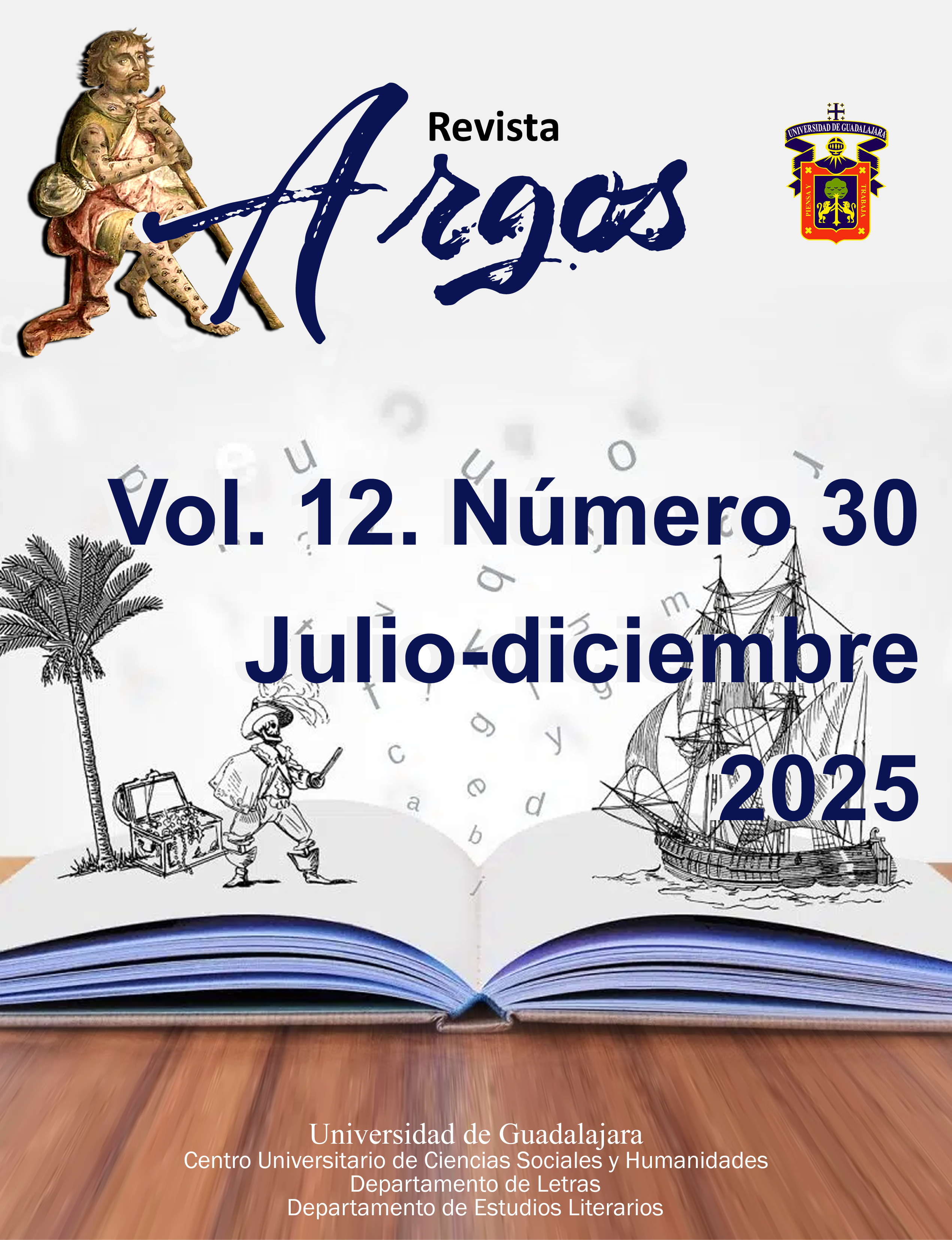The Man Who Could Not Calculate
Paradox and Complexity in Pablo Neruda’s Residence on Earth
Keywords:
Pablo Neruda, Residence on Earth, Quantum physics and poetry, Episthemology of poetryAbstract
The Spanish physicist and complexity theorist Jorge Wagensberg argued that art embodies the “communicability of unintelligible complexity”—a medium capable of conveying intricate realities that resist full intellectual grasp. Pablo Neruda’s Residence on Earth (1933), as analyzed by literary critic Amado Alonso, exemplifies this concept through its disruption of causal logic, blurring of subject-object boundaries, and fusion of disparate states of matter. Strikingly, these poetic strategies mirror principles central to quantum physics, which are figured out here by Erwin Schrödinger’s thoughts. This paper employs comparative literary analysis to investigate the ontological and epistemological parallels between Neruda’s Residence on Earth and quantum theory. It further examines the linguistic and structural tools Neruda employs to translate his complex, often ineffable vision of existence into poetry. By bridging literature and science, this study illuminates how Neruda’s work resonates with the philosophical implications of quantum physics, offering a fresh lens for interpreting both fields.
Downloads
Published
How to Cite
Issue
Section
License
Copyright (c) 2025 Yandrey Lay Fabregat

This work is licensed under a Creative Commons Attribution-NonCommercial 4.0 International License.
You are free to:
- Share — copy and redistribute the material in any medium or format for any purpose, even commercially.
- Adapt — remix, transform, and build upon the material for any purpose, even commercially.
- The licensor cannot revoke these freedoms as long as you follow the license terms.
Under the following terms:
- Attribution — You must give appropriate credit , provide a link to the license, and indicate if changes were made . You may do so in any reasonable manner, but not in any way that suggests the licensor endorses you or your use.
- No additional restrictions — You may not apply legal terms or technological measures that legally restrict others from doing anything the license permits.
Notices:
You do not have to comply with the license for elements of the material in the public domain or where your use is permitted by an applicable exception or limitation .
No warranties are given. The license may not give you all of the permissions necessary for your intended use. For example, other rights such as publicity, privacy, or moral rights may limit how you use the material.













